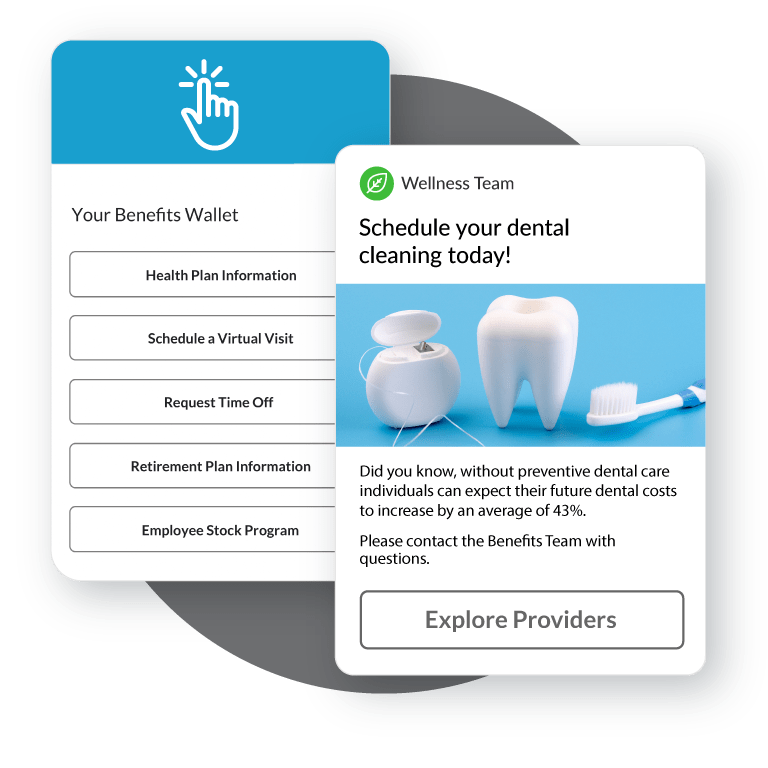Essential Guide for Family Water, Poultry, and Beef Supply: Sizing Pressure Tanks, Chicken Flocks, and Cow Yields for a Family of Four
Reliable Water Supply: Choosing the Right Pressure Tank for a Family of Four
Ensuring your home has consistent water pressure and adequate storage is vital for daily comfort and appliance longevity. For a family of four, selecting the correct pressure tank size not only affects water availability but also impacts your well pump’s lifespan and efficiency.
Understanding Pressure Tank Sizing
Most residential pressure tanks are available in sizes ranging from 20 to 80 gallons, but the usable water capacity is typically only one-third of the tank’s total volume-the remainder is reserved for compressed air, which maintains water pressure. This means a 30-gallon tank holds around 10 gallons of water, while a 50-gallon tank holds about 16 gallons [1] .
Experts recommend sizing your tank to match your household water usage and pump flow rate. A practical method is as follows:
- Estimate daily water usage: For a family of four, 50-100 gallons per person daily is a conservative estimate, totaling 200-400 gallons per day [2] .
- Calculate drawdown: The drawdown is the amount of usable water between pump cycles, usually about 1/3-1/2 of the tank’s listed volume [2] .
-
Determine pump flow rate: Time how long it takes to fill a gallon container from your system and use the formula:
Flow rate (GPM) = 60 seconds ÷ fill time
[4] .
For most homes, especially with multiple bathrooms or higher peak demand, a 30-50 gallon pressure tank is recommended, with a preference for the larger size to prevent rapid pump cycling and maintain consistent water pressure [1] [4] .
Step-by-Step Sizing Guidance
- Count your fixtures (sinks, showers, toilets, hose bibs) and multiply by 1 GPM for a basic demand estimate [3] .
- Multiply the number of bathrooms by 4 GPM for a peak usage estimate.
- Choose the larger result, and use it to determine the minimum tank drawdown capacity needed.
- Select a tank with total volume 2-3 times the drawdown for best results.
If you are uncertain, consult with a licensed plumber or well specialist, or visit reputable water equipment providers for personalized recommendations.
Alternatives and Expansion
If your household water needs grow, you can connect multiple smaller tanks in series to increase storage capacity without replacing your entire system [2] . Always ensure your pump and pressure switch settings are compatible with your tank selection.
Backyard Chickens: Determining the Ideal Flock Size for a Family of Four
Raising chickens for eggs and meat is an increasingly popular choice for self-sufficiency. The optimal number of chickens for a family of four depends on your consumption habits, available space, and local regulations.
Egg Production Needs
On average, a healthy hen lays 4-6 eggs per week. For a family of four consuming eggs regularly (e.g., 1-2 eggs per person per day), you would need 6-8 hens to provide a steady supply [1] . This allows for some fluctuation in laying patterns, seasonal changes, and possible losses.

Source: farrarfamilyfarmkc.grazecart.com
Meat Production Considerations
If you plan to raise chickens for meat, consider starting with dual-purpose breeds that provide both eggs and table birds. For occasional poultry meals, a flock of 8-10 birds allows for selective harvesting while maintaining egg production.
Step-by-Step Flock Planning
- Assess your family’s weekly egg consumption (e.g., 2 dozen eggs/week).
- Choose breeds suited to your climate and desired egg/meat yield.
- Ensure coop and run space meets recommended requirements (minimum 2-3 square feet per bird indoors, 8-10 square feet outdoors).
- Check local zoning and animal husbandry regulations before purchasing chicks.
For those new to poultry, starting with 6-8 hens and gradually expanding as needed is a practical approach.

Source: chipperbirds.com
Alternatives and Expansion
You may opt to purchase eggs and chicken from local farms or grocery stores if backyard raising is not feasible. Many communities offer co-op programs or farmers markets for sourcing fresh poultry products.
Whole Cow Meat: How Long Will It Last a Family of Four?
Purchasing a whole cow for beef is a significant investment in food security and cost efficiency. A standard whole beef cow yields approximately 400-500 pounds of packaged meat, depending on breed, age, and processing [1] .
Estimating Family Consumption
The average American consumes about 55-60 pounds of beef per person annually. For a family of four, this totals around 220-240 pounds per year. Therefore, a whole cow can provide enough beef for 1.5-2 years, assuming average consumption rates [2] .
Storage and Practical Considerations
Proper meat storage is essential: a whole cow requires 16-20 cubic feet of freezer space. Vacuum-sealed and properly frozen beef can safely last 12-18 months, retaining quality and flavor. Regular inventory management and meal planning are key to minimizing waste.
Step-by-Step Whole Cow Purchasing Guidance
- Contact local ranchers, butcher shops, or meat cooperatives to inquire about whole cow sales.
- Ask for a breakdown of cuts, yield, and packaging details.
- Ensure you have adequate freezer capacity before purchasing.
- Plan meals and rotate cuts to avoid spoilage and maximize enjoyment.
If purchasing a whole cow is not feasible, consider buying half or quarter shares, which require less storage and upfront cost.
Alternatives and Expansion
Some families choose to supplement their beef supply with other protein sources like pork, chicken, or plant-based options. Community-supported agriculture (CSA) programs or meat subscription services can provide regular deliveries on a smaller scale.
Accessing Resources and Services
If you need professional advice or products for pressure tanks, chicken raising, or meat sourcing, you can:
- Search for licensed plumbers and well contractors in your area using reputable business directories or local recommendations.
- Connect with agricultural extension offices or local farming communities for poultry and livestock guidance.
- Visit farmers markets, co-ops, or ranchers directly for meat purchases, and inquire about CSA or bulk meat options.
- Refer to official agencies such as the USDA for food safety guidelines and best practices.
For detailed technical information, consult official guides from providers like H2O Equipment or Water Systems Council. Always verify local codes and regulations before making significant investments.
References
- [1] H2O Equipment (2019). What Size Well Pressure Tank Is Best For You.
- [2] RPS Water Pumps (2024). What Size Pressure Tank Do I Need?
- [3] Water Systems Council. Sizing a Pressure Tank [PDF].
- [4] Fresh Water Systems (2025). How to Size a Well Pressure Tank.
- [5] Backyard Chickens (2023). How Many Chickens Do I Need?
- Beef2Live (2024). How Much Meat Do You Get From a Cow?
- USDA (2024). Food Loss and Waste Facts.



